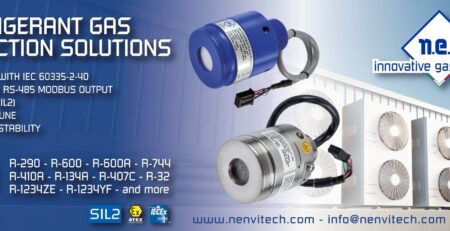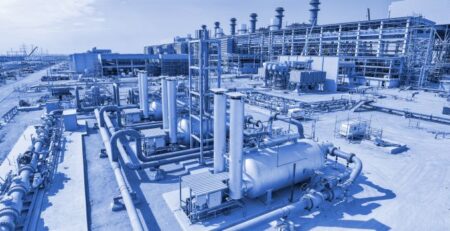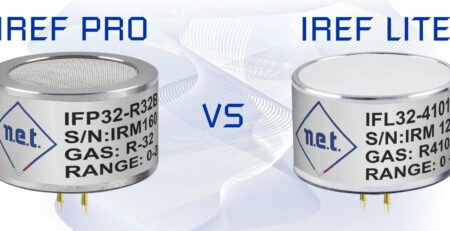SENSOR BURN-IN
A vital stage of our sensor production is the so called BURN IN phase. This phase comes right at the end of the sensor assembly cycle and immediately before sensor calibration (learn more on sensor calibration here).
The burn in consists in exercising the sensor for a specified length of time by powering it on under supervised conditions. The length of the process varies according to the specific model and is generally between 24 and 72 hours.
Rather than detecting components that would fail as a result of the initial, high-failure rate portion of their lifetime, the aim of this process at NET is to allow a complete stabilization of the electronic components, especially the sensor infrared source, and the electronic signals before the complete assembly enters the calibration phase.
Without a prior burn in, the sensor components may otherwise stabilize during the calibration determining a different behavior between the earlier and the final stages and therefore compromising the reliability and consistency of the calibration.
Thanks to the burn in, operated in benches specifically designed by NET, the sensor signals are perfectly stabilized prior to the calibration, ensuring a consistent behavior during the latter phase and throughout the product lifetime.
The length of the burn-in phase has been determined and optimized by observing the statistical behavior of the different sensor models.












